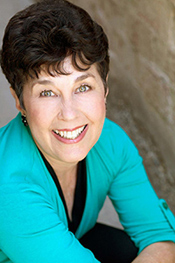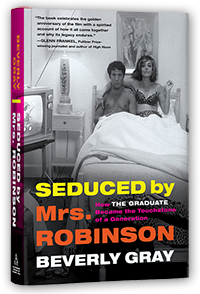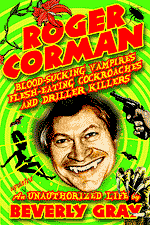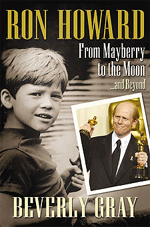My enthusiasm for Sean Baker’s Palme d’Or- winning Anora led me to wonder about Baker’s earlier films. At fifty-three, he’s not exactly a boy wonder, but until now his work has mostly been seen on the indie circuit. Starting in 2000, he’s been writing, directing, and editing small films that explore the lives of marginalized Americans of all stripes. He seems to have particular sympathy for undocumented immigrants and sex workers, and has placed them at the center of many of his stories. He also relishes using non-actors in central roles that reflect their own shaky situation in life.
Years ago, I couldn’t resist watching Tangerine (2015), after I found out how it was made. This Christmas-eve tale of a transgender sex worker who’s being cheated on by her lover/pimp was shot on the mean streets of Hollywood by Baker and his crew using (instead of conventional cameras) three iPhone smartphones. Remarkably, it worked. Though the story sounds impossibly grim, there are also moments of great poignancy and even humor in Tangerine. This, Baker’s fifth film, brought him major attention from critics’ groups like the Independent Spirt Awards. The Palm Springs Independent Film Festival, for one, named him a Director to Watch.
Baker’s sixth feature, The Florida Project (2017) was filmed more conventionally, and debuted in the Directors’ Fortnight section of the Cannes Film Festival, It was the first of Baker’s films to feature a major Hollywood actor, Willem Dafoe, but the film’s real star is Brooklynn Prince, a veteran actress who began her career at age 2. She was about 7 when she starred in The Florida Project as Moonee, a plucky kid who lives with her mom in a cheap motel managed by Dafoe’s sympathetic but often frustrated landlord.
Moonee’s mom Halley was played by first-timer Bria Vinaite. Halley is a well-tattooed ex-stripper who’ll try just about anything—including drug sales, larceny, and prostitution—to house and feed herself and her daughter. (Needless to say, there’s no dad around.) She’s an angry young woman with a talent for scrounging and a very foul mouth, but at the same time she’s a loving mom who, when in a rare good mood, can delight Moonee with offbeat adventures.
The Florida Project, named for an early codeword for Disney World, wants us to see life chiefly from Moonee’s youthful perspective. For her and the other kids who live in the seedy but colorful Magic Castle Motel, there’s always time for fun, especially in summer. They try spitting on cars from the motel’s second- floor walkway; they gawk at the lady who sunbathes topless near the motel pool; they start a small fire that nearly destroys an abandoned housing project. Adult supervision is almost nil, and Moonee’s future may be bleak. But meanwhile she’s enjoying her freedom.
The slow, relaxed pace of the storytelling encourages us to revel in the gorgeous Florida landscape. The film—dazzling in its sunny cinematography--was shot in Kissimmee, a stone’s throw from Walt Disney World, and a would-be fantasy environment hangs over everything. Moonee’s motel ($38 a night) is a startling shade of lavender, and the nearby Futureland Motel, home of new buddy Jancey, is painted pink and turquoise. We’re on the outskirts of Disney’s sprawling theme park, but a good distance from the well-curated fantasy venue enjoyed by well-heeled tourists. In recompense, Moony and her friends enjoy brilliant sunsets, dramatic rainstorms, lush foliage, and exotic waterfowl. The film’s endling essentially slips into their romantic dreams. Too bad they will one day have to grow up and discover the harsher, darker world their parents know.
.

















